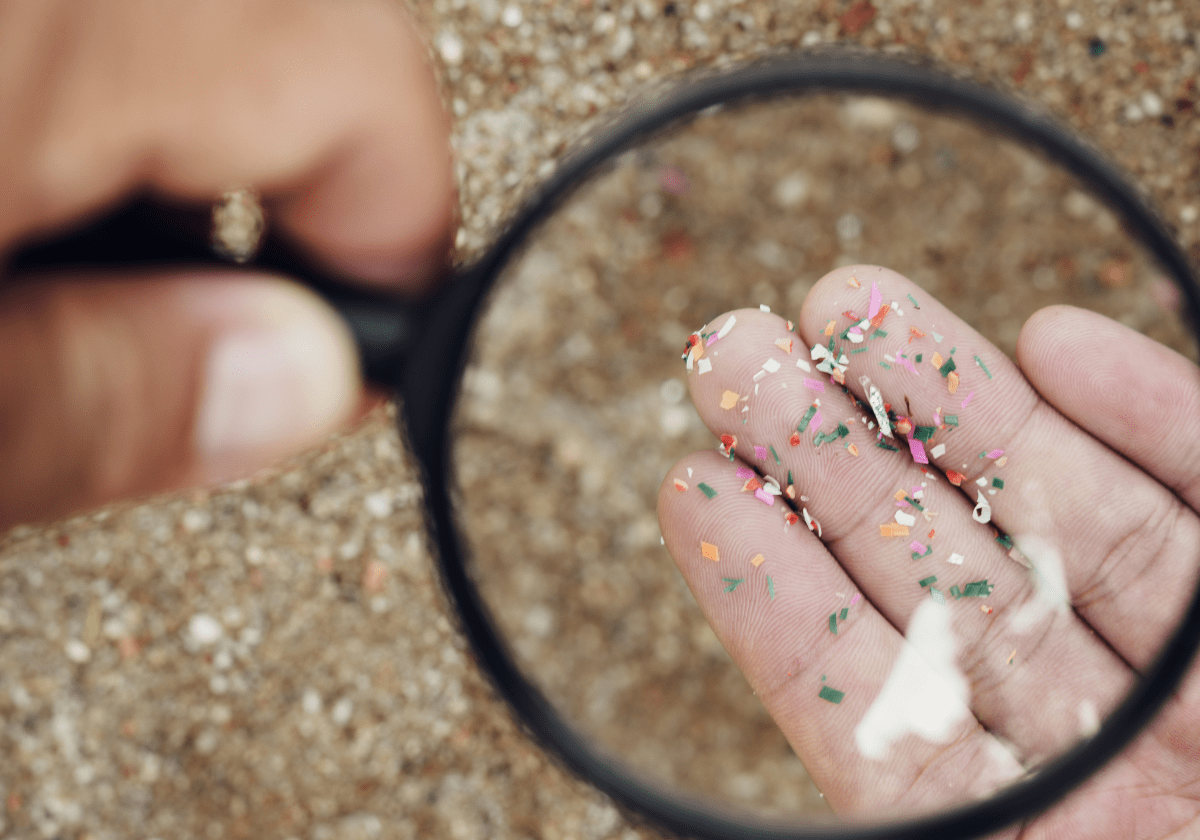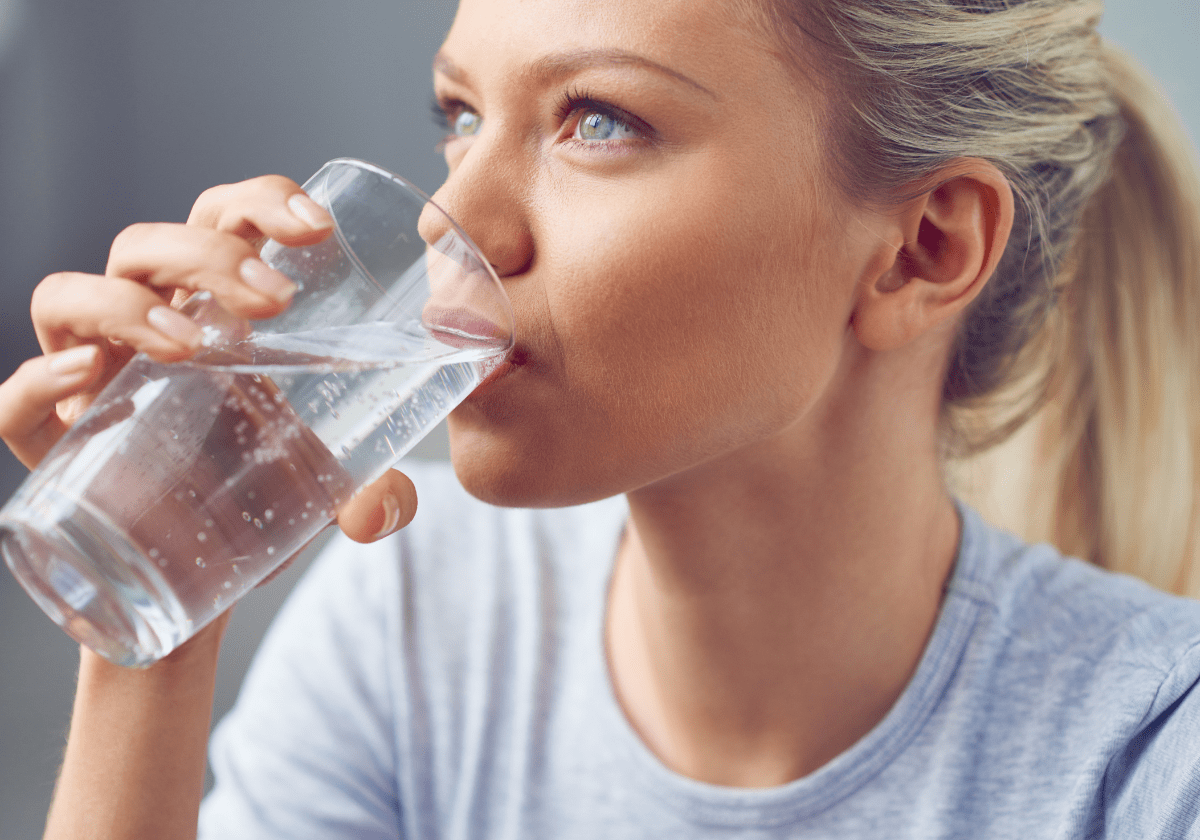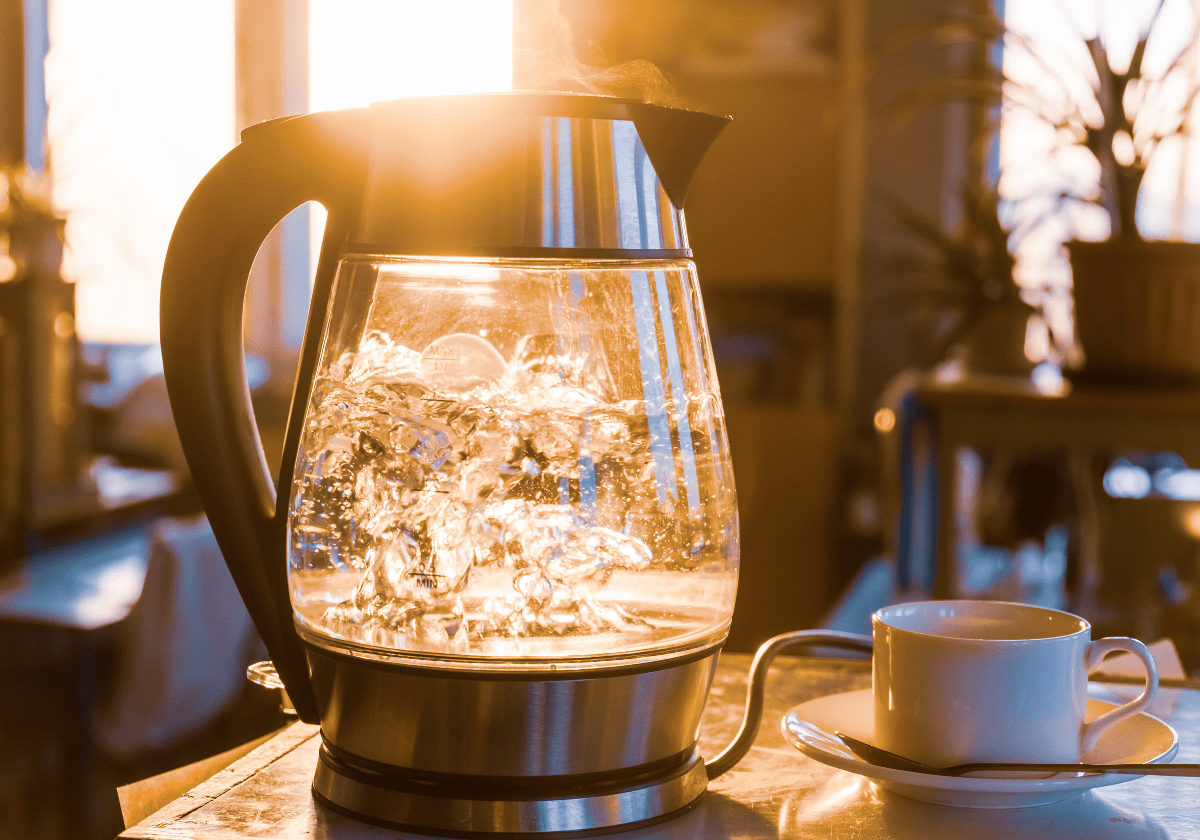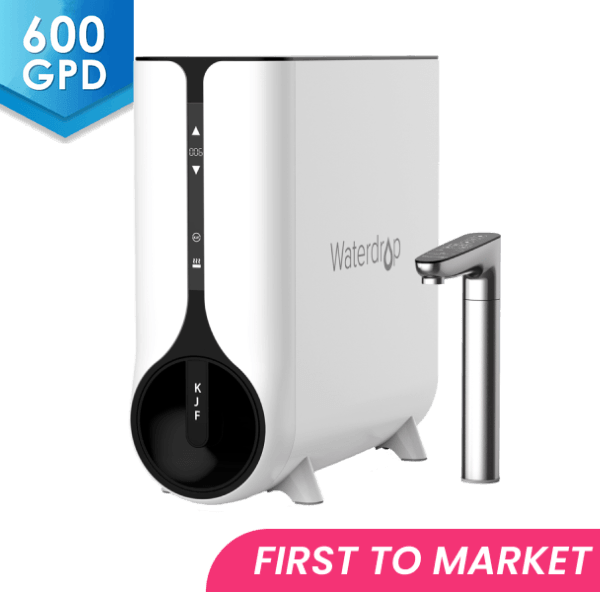Recent research suggests that nearly 90% of microplastics in the source water can be removed by boiling the tap water before consumption. Microplastics are tiny plastic bits with a size of less than 5 millimeters (0.2 inches), according to the
National Oceanic and Atmospheric Administration (NOAA) .
According to
The World Health Organization , research on the impact of these microplastics on human health is currently limited and unclear. Studies have shown that some polymers, like polystyrene, can damage human cells, irritate the digestive system, and reduce mouse fertility despite their apparent safety.
A study that may offer good news in the fight against these sneaky petrochemical particles was recently published in the
Environmental Science & Technology Letters journal. To make tap water safer to drink, many microplastics can be taken out by boiling and filtering it.
Where Does Microplastics Come From?
Plastic is the most prevalent type of marine debris in the ocean and the Great Lakes. Microplastics are particles smaller than five millimeters, or roughly the size of a pencil eraser, even though plastic waste can take many different shapes and sizes. Our oceans and aquatic life could be negatively impacted by microplastic pollution.
As research on microplastics is still in its early stages, much is still unknown about them and what they do.
The NOAA Marine Debris Program is running the study in this case. Traditional techniques for gathering microplastic samples from sand, surface water, and sediment are still being tested.
What Is the Primary Source of Microplastics?
Plastic waste fragmenting into ever-tinier bits is one source of microplastics. Additionally, tiny manufactured polyethene plastic particles known as microbeads are microplastic used as exfoliants in toothpaste, cleansers, and other health and beauty products. These microscopic particles may harm aquatic life since they can quickly get past water filtering systems and into the oceans and Great Lakes.
How to Make Your Drinking Water Microplastic-Free?
It is currently not easy for the average consumer to test their drinking water for microplastics at home. However, you can submit water samples to a lab for analysis; this is a costly procedure that will likely establish the presence of microplastics to some extent. Regulations on microplastics in water are expected to be created as the problem of microplastic contamination spreads.
Bring Water to a Boil Before Drinking
A study conducted on February 28 in Environmental Science & Technology Letters discovered that boiling water rich in minerals for five minutes could decrease exposure to non-microplastic particles (NPPs) by up to 90 percent.
Researchers still have questions about the health risks associated with microplastic exposure. Still, there is growing evidence that tiny plastics can accumulate in the body, causing oxidative stress, inflammation, and liver problems.
Recent studies suggest boiling water is a safe and simple way to disinfect domestic tap water properly. This could be especially beneficial in less developed countries where economical and conveniently available clean water solutions are critical.
Invest in a Reverse Osmosis Filtration System
It takes time to bring water to a boil and then cool it before drinking. Although it is an affordable choice, it may not suit everyday water use.
Under Sink Reverse Osmosis Filtration System
In response to the growing concern over microplastics, we are glad to present the
G3P600 Reverse Osmosis Water Filter . Reverse osmosis (RO) is a water purification technique that removes impurities using a semi-permeable membrane. Applying pressure on one side of the membrane forces water to pass through while leaving impurities behind.
RO Filtration System with Instant Hot Water
Choosing hot water? The Waterdrop A1 and K6, two of our most cutting-edge reverse osmosis systems, offer unmatched convenience. These cutting-edge filtration systems avoid delays by providing quick access to hot water instead of the traditional process of heating water and waiting.
When you want a soothing cup of coffee or warm tea, the Waterdrop K6 and A1 make it simple. Thanks to our systems, which will easily integrate effectiveness and options into your daily routine, you can enjoy your favourite hot beverages easily.
Potential Impact on Health
Environmental pollutants known as microplastics are frequently found in oceans, remote islands, and polar areas. Microplastic exposure poses a significant new risk due to the potential harm it can cause to ecosystems.
We’ve known for a while that microplastics are a problem, but new research shows their harm to the environment and human health.
Microplastics are very difficult to remove from the places where they are collected due to their great persistence. Due to their perseverance and the chemicals they contain, research shows they can seriously harm the organisms they encounter. Higher death rates, less food, and illness are all examples of this harm. Additionally, they help move pollutants up the food chain, which could seriously harm human health.
Scientists are sounding the alarm because they think things are getting out of hand. Researchers have found microplastics helpful in many places, such as on slopes, in the ocean, in Arctic Sea ice, and even in our bodies, drinking water, and the air.
Conclusion
In conclusion, Concerns about microplastics in our water underscore the need for solutions. That’s something our reverse osmosis systems can help with. Along with filtering water, they also protect you from sly microplastics. Thanks to our systems, your water is safe to drink and clean.





































































